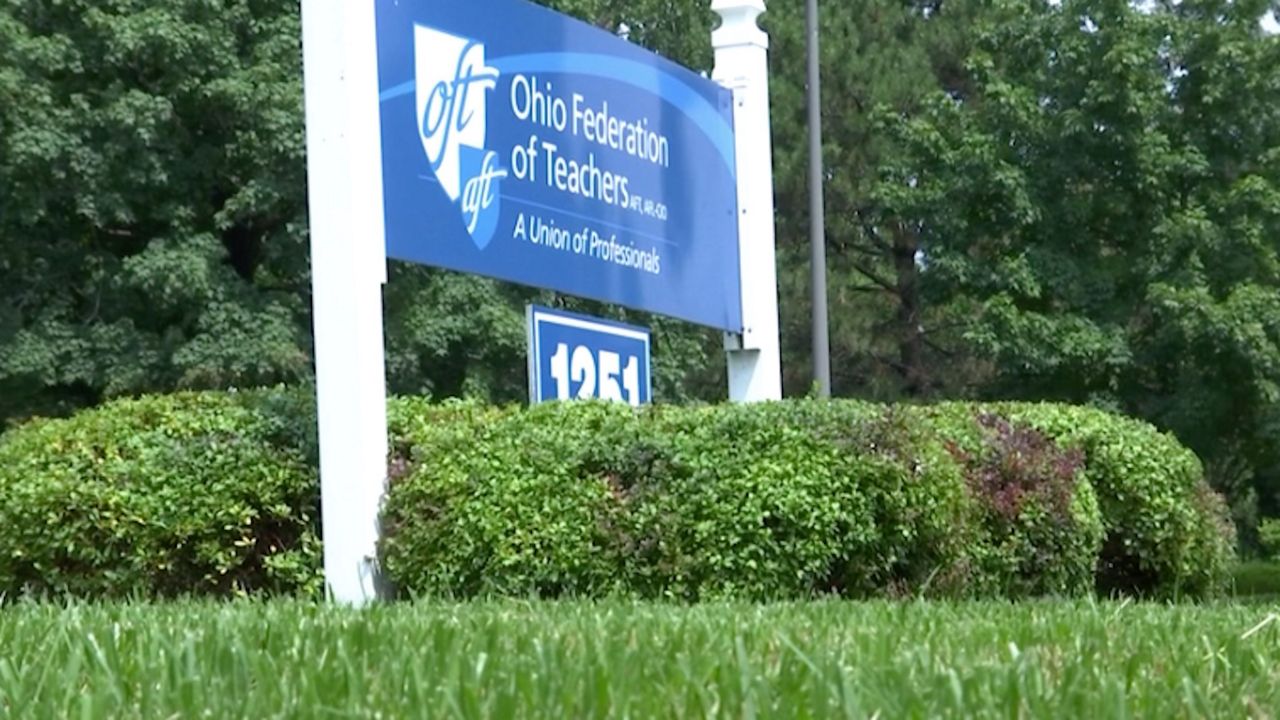CLEVELAND, Ohio — School, as families once knew it, could look at whole lot different next year.
- Year round schools will be the first to open up the 2020-21 school year at the end of July
- Guidance from the health department will determine decisions about continuing remote learning or a variation of learning
- Year-round schools could potentially be used as models for traditional schools to follow on how learning can take place
Making good use of virtual office hours, students from Lincoln-West High School in Cleveland get help, while making every effort to stay on track. Cleveland Teachers Union President, Shari Obrenski said when Governor Dewine first closed school buildings, the impact couldn’t be felt by many year-round students.
“It initially didn’t feel very different for them because they were already going on break,” Obrenski said.
The 22-year teaching veteran works with district leaders at year-round schools and helps with scheduling and working conditions. Obrenski said while traditional school students had already adjusted, it took year-round school students longer to get back into the swing of things.
“In some respects, some of them kind of lagged a little bit in terms of their traditional counterparts in reengaging with the school and with the teachers because it just didn’t seem all that different for them to start,” she said.
That was just one challenge, but as year-round schools try to close out this year and plan for next school year, more challenges are on the horizon.
Obrenski said with traditional schools in Cleveland finishing just before Memorial Day Weekend, year-round schools will continue their normal schedule that has been approved by the district.
“Many of our teachers are concerned that when the traditional schools are done for the year, that it is going to be more difficult than usual to keep their students engaged,” Obrenski said.
Coupled with that, many students are now juggling jobs during the pandemic to help make ends meet.
“Many of our families are struggling and when students have an opportunity to go to work, they will take that opportunity,” said Obrenski.
Year-round schools begin next school year at the end of July and they’re just beginning to talk about next year’s plan.
Obrenski said there are so many unknowns about what learning will look like.
“Will we be able to start the school year by having the students come into school and what would those protocols need to be? Will we have to start kind of where we have finished off and interact with students virtually?,” she said.
They're all questions that cannot be answered until guidance comes from the Ohio Department of Health and the Department of Education.
When asked if families could see Saturday classes in addition to evening classes, Obrenski said, “My guess is that everything is going to be on the table for conversation. It’s going to be a matter of figuring out how we make that work.”
Once they are able to get guidance, year-round schools will tweak their plans where necessary.
In doing so, she believes year-round schools could be used as models to help traditional schools open up next school year. That's because there are less students and staff to work with in year- round schools. Plus, they would have already had time to try out what's working and what's not.
Year-round schools in Cleveland end this school year in mid-June. Right now, the focus is mainly on closing out this year.
Obrenski said they’ll take the next few months to look at scheduling, how to break down class sizes using social distancing if necessary and how they’ll engage students if they have to rotate on the days they come to school.







